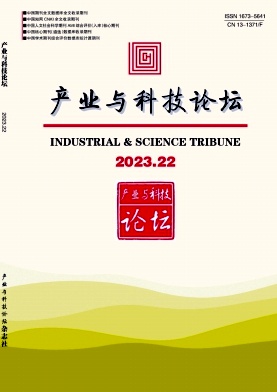Temperature Effects in Cavitation Damage
Q3 Engineering
引用次数: 58
Abstract
Cavitation damage is studied for several materials over a range of temperatures in the cavitating liquid from 0 C to 90 deg C. The cavitating liquids used were distilled water, distilled water buffered to pH 8, and a 3 percent solution of NaCl in distilled water. The cavitation damage was produced by continuous oscillation of the test specimens with a magnetostrictive transducer so that long term chemical effects tended to be suppressed. It is found that the maximum in the damage rate occurs at temperatures in the range 40 C to 50 deg C. The decrease in the damage observed at the higher temperatures is to be expected as a consequence of the increase in vapor pressure. The rise in damage at the lower temperatures has a less obvious interpretation and may be due to an increase in chemical activity with temperature.空化损伤中的温度效应
在0℃至90℃的空化液温度范围内,研究了几种材料的空化损伤。所用的空化液为蒸馏水、缓冲液pH值为8的蒸馏水和3%的NaCl溶液。通过磁致伸缩换能器对试样的连续振荡产生空化损伤,使长期的化学效应趋于抑制。结果发现,在40℃至50℃的温度范围内,损坏率达到最大值。由于蒸汽压的增加,在较高温度下观察到的损坏率下降是可以预期的。较低温度下损害的增加有一个不太明显的解释,可能是由于化学活性随着温度的升高而增加。
本文章由计算机程序翻译,如有差异,请以英文原文为准。
求助全文
约1分钟内获得全文
求助全文

 求助内容:
求助内容: 应助结果提醒方式:
应助结果提醒方式:


